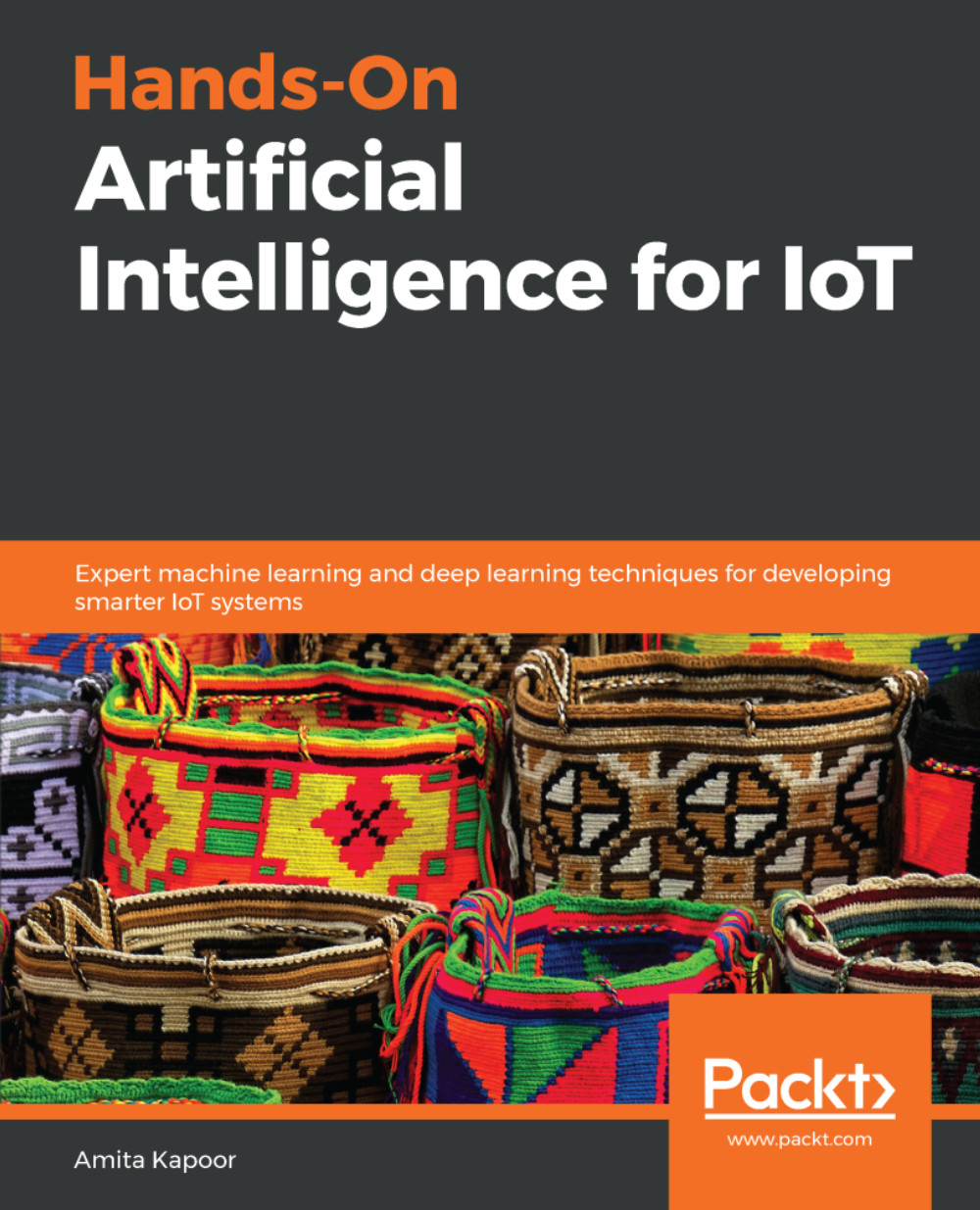Machine learning (ML) and Artificial Intelligence (AI) have touched almost all fields related to man. Agriculture, music, health, defense—you won't find a single field where AI hasn't left its mark. The enormous success of AI/ML, besides the presence of computational powers, also depends on the generation of a significant amount of data. The majority of the data generated is unlabeled, and hence understanding the inherent distribution of the data is an important ML task. It's here that generative models come into the picture.
In the past few years, deep generative models have shown great success in understanding data distribution and have been used in a variety of applications. Two of the most popular generative models are Variational Autoencoders (VAEs) and Generative Adversarial Networks (GANs).
In this chapter, we'll learn...


